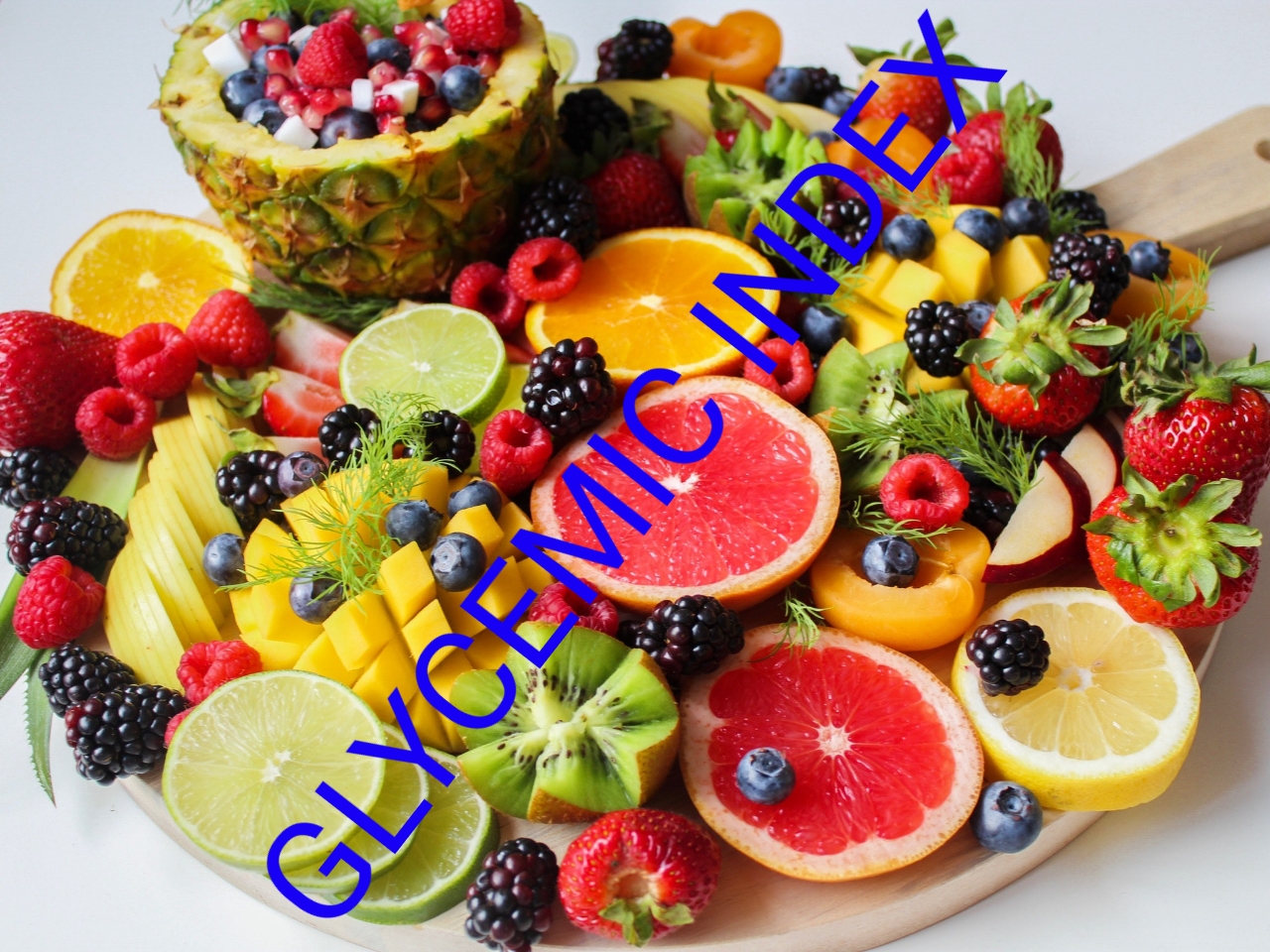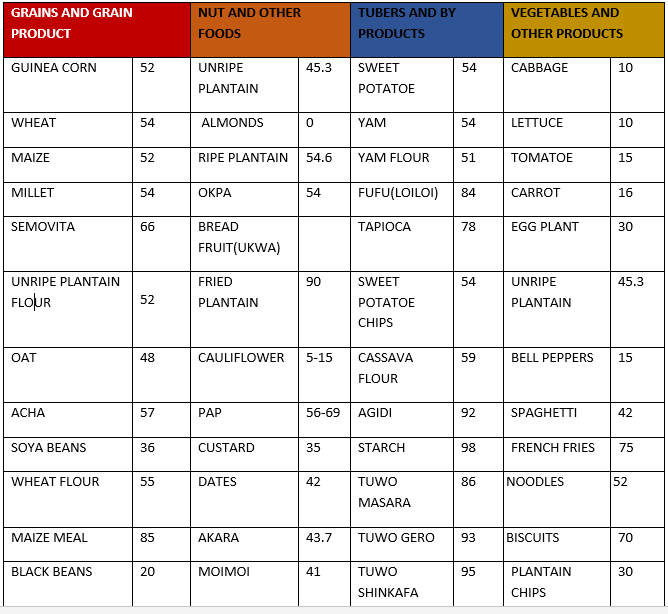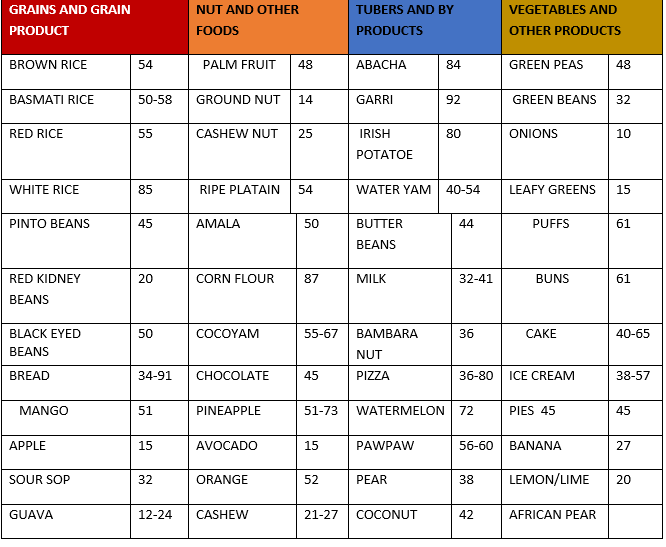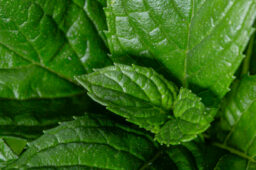
Glycemic Index of Local Nigerian Foods
- June 09, 2022
- by
- Khyra
The Glycemic Index is a scale that ranks foods according to the number of carbohydrates it contains. In other words, it is a measure of the effect of the food on your blood glucose level . Foods with high GI such as white bread and short-grained white rice, are converted almost immediately to blood sugar, causing your blood sugar levels to spike rapidly.
Glycemic index provides information about the rate at which glucose is absorbed by the body using a scoring system of 0 to 100. Pure sugar has a GI score of 100. Carbohydrates are classified into simple and complex sugars. Our table sugar, sweets, ice cream, cake icing are simple sugars with very high glycemic index. Legumes(beans),yam plantains(unripe) and grains are complex sugars. Foods with low glycemic index release their sugar slowly. Glycemic index is useful in Carb counting for diabetes and weight management.
GI accounts for the complexity by ranking food on how quickly it increases blood sugar. The higher a food GI is, the more rapidly it increases blood glucose followed by rapid decline in blood glucose. As the blood sugar declines one may get hungry again. Food with high GI can cause overeating leading to weight gain and other complications. Research has it that eating diets with low GI can reduce a person’s risk of developing diabetes and heart disease. The G I of foods is affected by the following:
- Ripeness: Ripe bananas for example have higher glycemic index than unripe ones.
- Cooking method: baking, frying increases a foods GI more than steaming.
- Food combinations: eating white bread with a cup of hot chocolates will result in a higher G I than eating same white bread with avocado.
- Portion sizes: bigger portions equal higher G I.
- Food constituents: Meal combos that are lacking in vegetables and fiber usually have higher G I.
GLYCEMIC INDEX TABLE FOR COMMON NIGERIAN FOODS
Refined foods have no fiber and have a high glycemic index – they are everywhere: white rice, white flour, white bread, pasta, pastries etc. Look out for the Glycemic index of some staple foods in Nigeria. Whole fruits typically has a lower GI score than fruit juice, due to it’s high fibre contents. Fibre slows down digestion thereby lowering the total GI of the food. Some examples of food with low GI include non starchy vegetable such as Irish potatoes, carrots, whole grain pasta(e.g spaghetti), whole wheat, whole wheat bread, legumes (beans, soy beans),whole oat meal among others. Medium GI foods includes yam, cocoyam, water yam , ofada rice (locally made rice), amala, unripe plantain and banana. Processing increases GI, most processed foods falls under high GI foods. Examples; wheat meal, white bread, cakes, French fries, potato chips, corn flakes, corn meal parboiled rice, garri fufu, semovita, beverages fizzy drinks.
Some fruit with high GI includes pineapple, apple, citrus, grapes, ripe banana, peach, strawberry among others. Rather it should be about portion control, diet modification and intake moderation. It is different from caloric content because while caloric content shows the amount of energy present in a given food in(kcal), the Glycemic Index ranks foods according to their effect on your blood glucose level.









